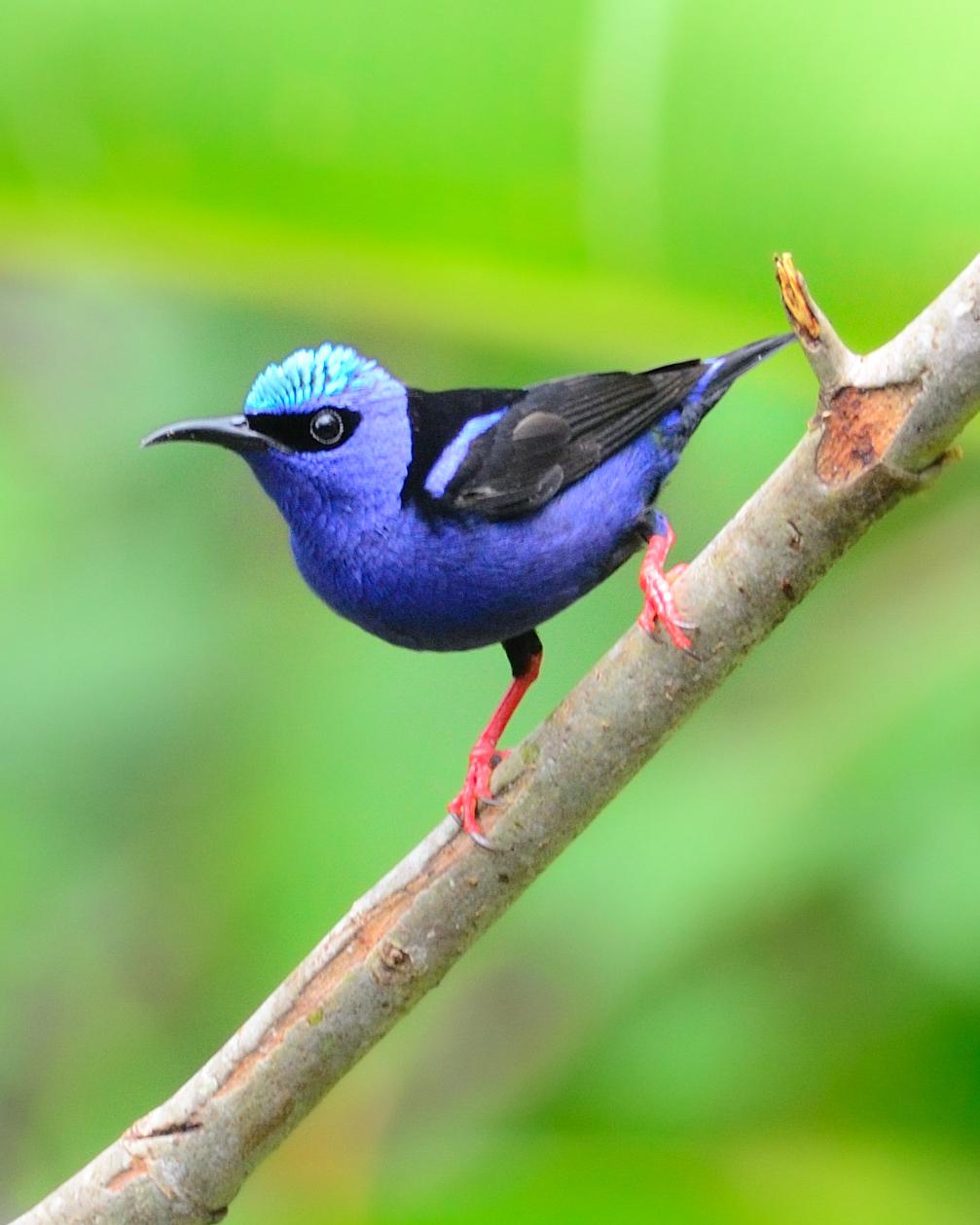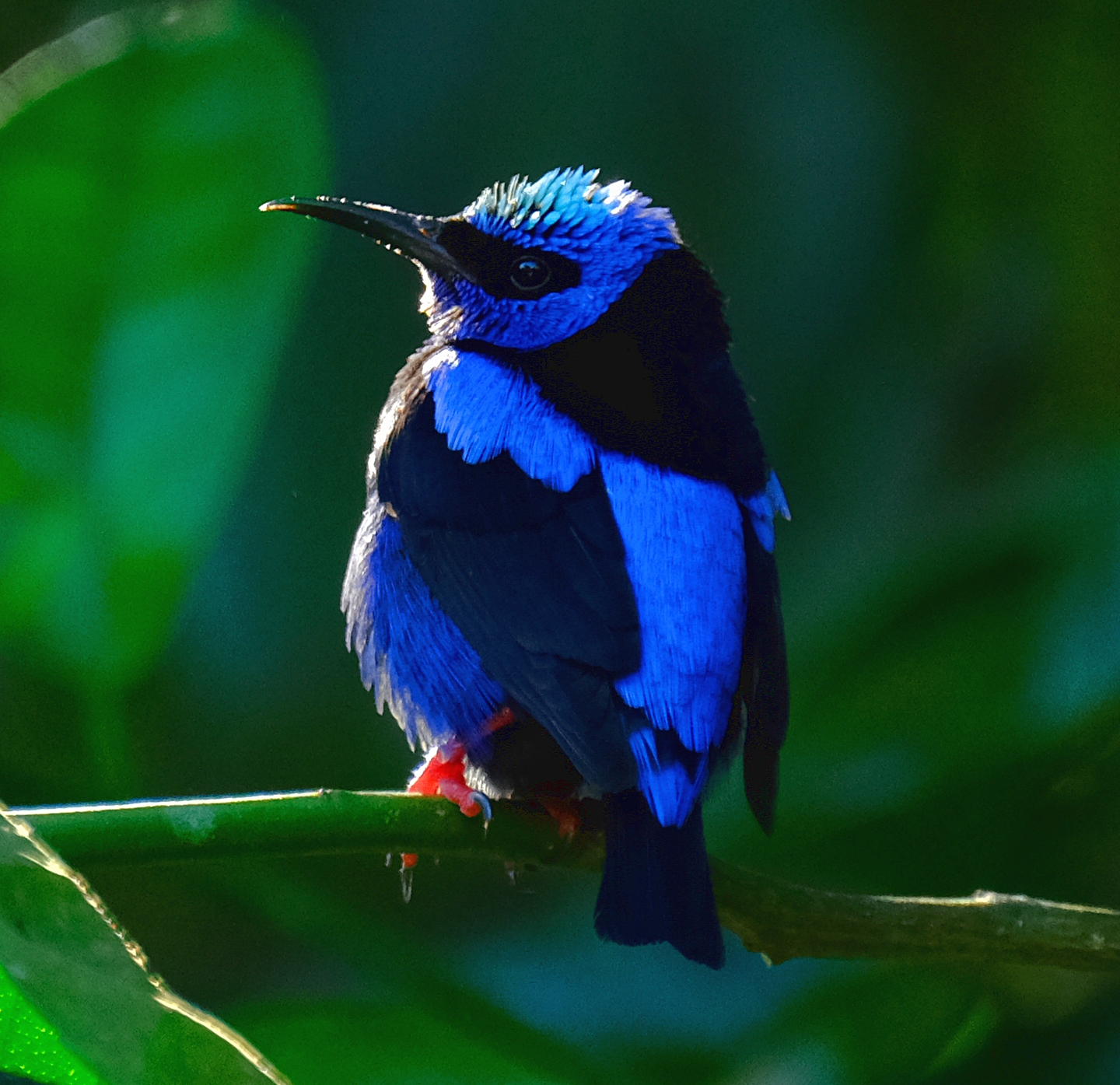The Red-legged Honey Bunting, also known as Uraeginthus ruberrimus, is a brightly-colored bird species that can be found in different areas of Asia. It is classified under the finch family and goes by other names such as the African Silverbill and the Red-billed Silverbill. With their exquisite plumage, these little creatures are a treat to watch for bird enthusiasts and nature lovers everywhere.

The Red-legged Honey Bunting is a teeny-tiny bird with a length of about 10-11 cm and weighs roughly 9-12 grams. It stands out with its unique short and cone-shaped red bill. The male species has a vibrant blue head and neck, complemented by a black patch around the eye and a red patch on its lower throat.

These little feathered creatures have a varied diet that consists of seeds, insects, and nectar. They have earned the name “Honey Bunting” due to their love of nectar from flowers. What makes them able to indulge in this sweet treat is their unique tongue that can efficiently extract nectar from flowers. In addition to nectar, they also enjoy feeding on seeds and insects that they find on the ground.
During the months of March to August, the Red-legged Honey Bunting engages in breeding activities. Male individuals put on a display to woo female partners. Upon forming a pair, the couple proceeds to construct a cup-shaped nest using grass and twigs. The female lays two to four eggs, which are then incubated for about 13 to 14 days. Both parents take turns in the incubation process and feed the baby birds.

According to the International Union for Conservation of Nature (IUCN), the Red-legged Honey Bunting is categorized as a species of Least Concern. However, due to habitat loss and fragmentation, their populations are believed to be declining. Despite this, they can still be found in various habitats across Asia.
The Red-legged Honey Bunting is a small and colorful bird species found across various parts of Asia. Their vibrant feathers, love for nectar, and unique tongue make them an interesting and distinctive bird to observe. Despite facing threats such as habitat loss, these birds are still widely distributed and classified as a Least Concern species by the IUCN.



